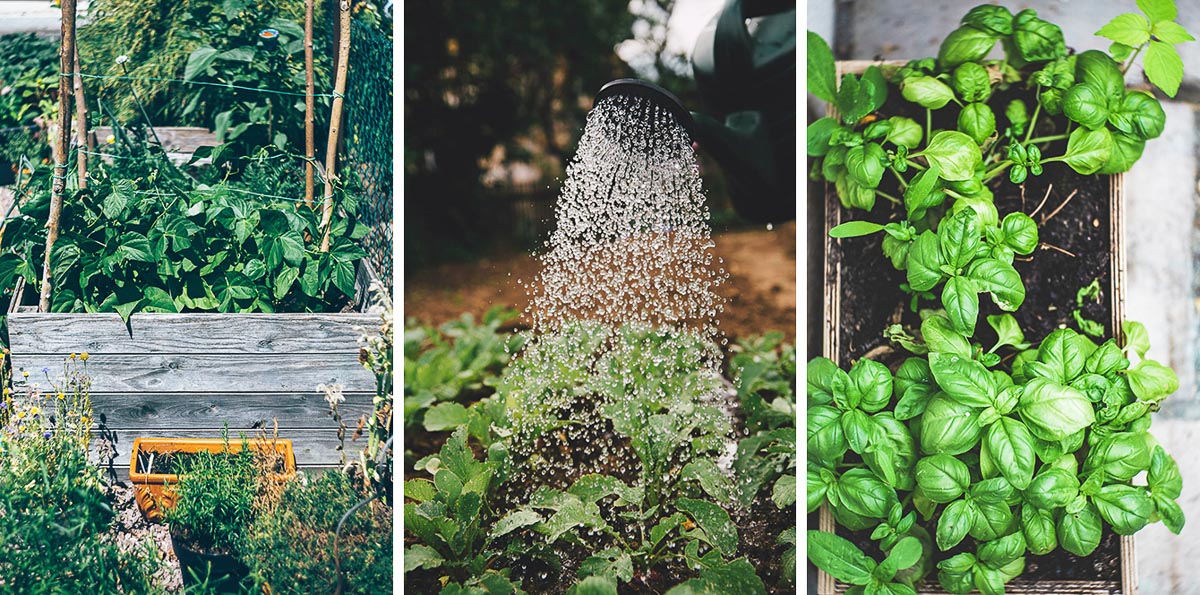Things about City Blooming
Things about City Blooming
Blog Article
6 Easy Facts About City Blooming Shown
Table of ContentsAn Unbiased View of City BloomingThe Only Guide for City BloomingGetting The City Blooming To Work10 Simple Techniques For City BloomingUnknown Facts About City Blooming
Fascinated in expanding food for sale in the City of Chicago? Below is a listing of frequently asked inquiries concerning the regulations and laws that cultivators should consider when intending a metropolitan farming task.
The zoning modification does not modify any kind of various other codes managing composting, building licenses, acquiring or renting City possessed property, business licenses or environmental contamination. There are existing codes that manage these issues and they stay in complete impact and may apply to your task. Neighborhood gardens are generally had or managed by public entities, public organizations or community-based organizations and maintained by volunteers.
Urban farms grow food that is intended to be sold, either on a not-for-profit or for-profit basis. Due to their commercial objective, metropolitan farms require an organization permit.
City Blooming - Questions
Composting is permitted yet only for plant product that is created and made use of on site. The quantity of compost product can not exceed 25 cubic lawns at any kind of provided time according to the criteria in 7-28-715 of the City's Municipal Code. Yes. Since the dirt at the majority of brand-new garden sites needs modifying, compost, soil, wood chips, or other products can be gotten to build or improve the expanding area - landscaping.

If a structure permit is called for then the hoophouse will certainly be considered an accessory structure. You can discover even more concerning the building authorization demands by speaking to the Department of Buildings. The 25,000-square-foot dimension limit is meant to avoid a single area yard from controling an offered block or detracting from the block's existing property or business personality.
The limit does not put on yards found in Public Open Room (POS) districts. Can there be even more than one community yard that is 25,000 square feet on a solitary block? Yes. The dimension limitation puts on private gardens, not to individual blocks. No. Secure fencing is not called for, however, yards that have large parking lot may be required to mount secure fencing or other landscape design features.
The 9-Minute Rule for City Blooming
B1 & B2 districts call for that all industrial usage tasks be carried out inside. R areas limit business task. The regulations show the objective and intent of the Zoning Code. Is fence needed for urban ranches? Yes. Fences might be needed, along with landscape design and screening, for sure parking lot and outdoor job or storage space areas relying on area and the specific activity happening.
Urban ranches need building authorizations and zoning authorizations prior to building (garden care). Various other types of city review might be needed depending on particular frameworks, activities, dimension, landscaping, licensing, public health and stormwater administration concerns.
The Department of Company Affairs and Consumer Security can assist figure out the specific type of service permit that's needed. Off street parking is needed for many industrial tasks in Chicago. The required number of auto parking rooms is based on the number of employees working on website and not the square footage of the expanding room.
Little Known Facts About City Blooming.

A metropolitan farm can sell compost material generated on site, nevertheless, the operation should abide with the guidelines in 7-28-715 of the Chicago Municipal Code. Aquaponic systems are permitted inside on urban farms in many zoning areas.
As much as five hives or colonies of honey bees may be kept as an accessory use. Beekeepers should sign up with the Illinois Department of Farming. For more details about the recommended zoning change you may contact the Division of Housing and Economic Development, Bureau of Planning and Zoning at 312.744.8563.
Farming in cities and urban areas A metropolitan ranch in Chicago. Urban agriculture refers to various practices of growing. https://cityblooming3.wordpress.com/2024/06/27/city-gardening-cultivating-green-spaces-in-urban-jungles/, processing, and distributing food in metropolitan areas. The term also puts on the location tasks of pet husbandry, tank farming, beekeeping, and cultivation in a city context. Urban agriculture is distinguished from peri-urban agriculture, which occurs in backwoods at the side of suburbs.
The Greatest Guide To City Blooming
, that seek to develop social networks founded on a shared principles of nature and neighborhood holism. These networks can develop by means of official institutional support, ending up being incorporated into local town planning as a "shift community" activity for lasting city development.
In either case, the a lot more straight accessibility to fresh vegetable, fruit, and meat items that might be realised with city agriculture can improve food safety and food safety and security while decreasing food miles, bring about lower greenhouse gas discharges, therefore adding to environment change reduction. A few of the first proof of metropolitan agriculture originates from Mesopotamia.
Report this page